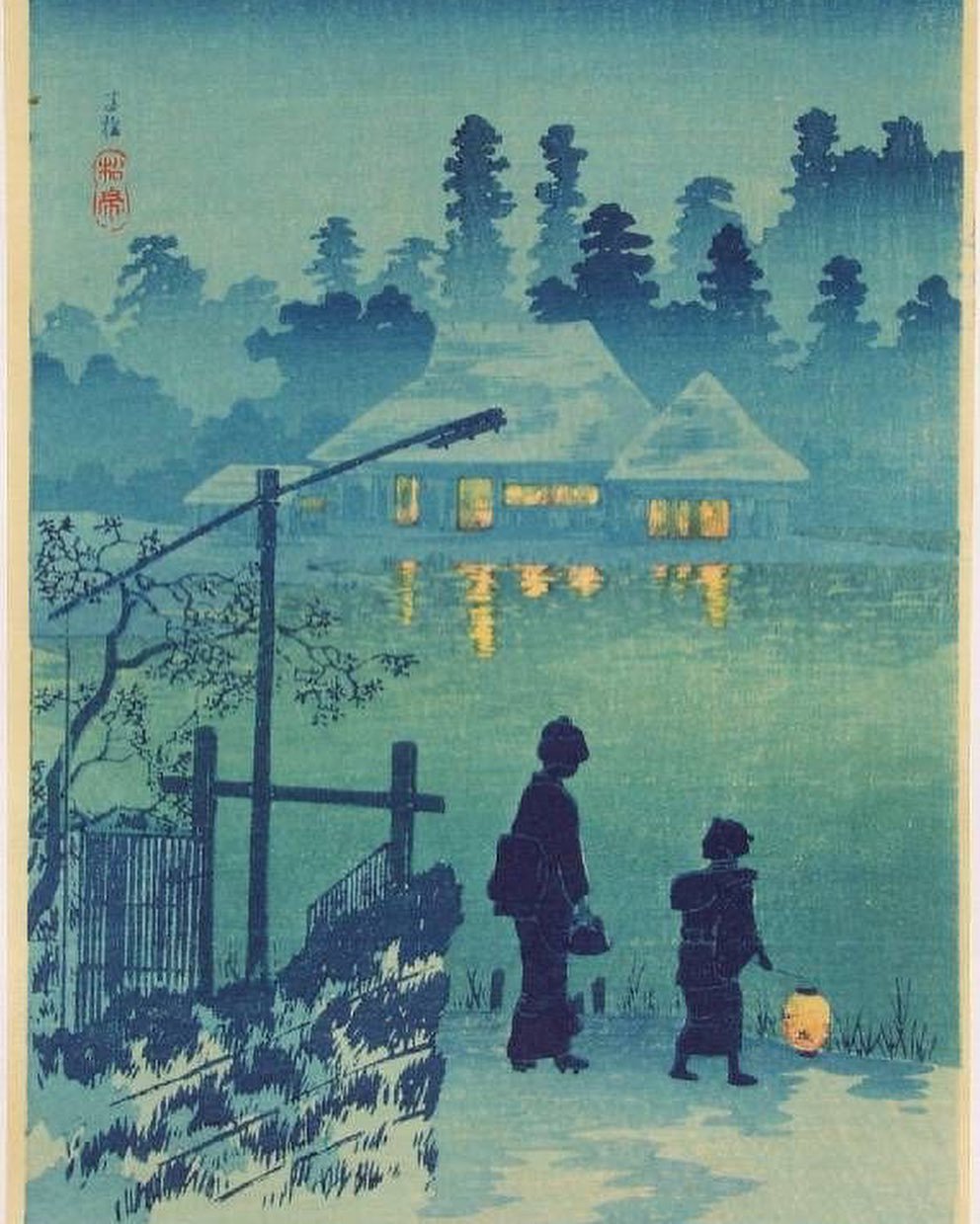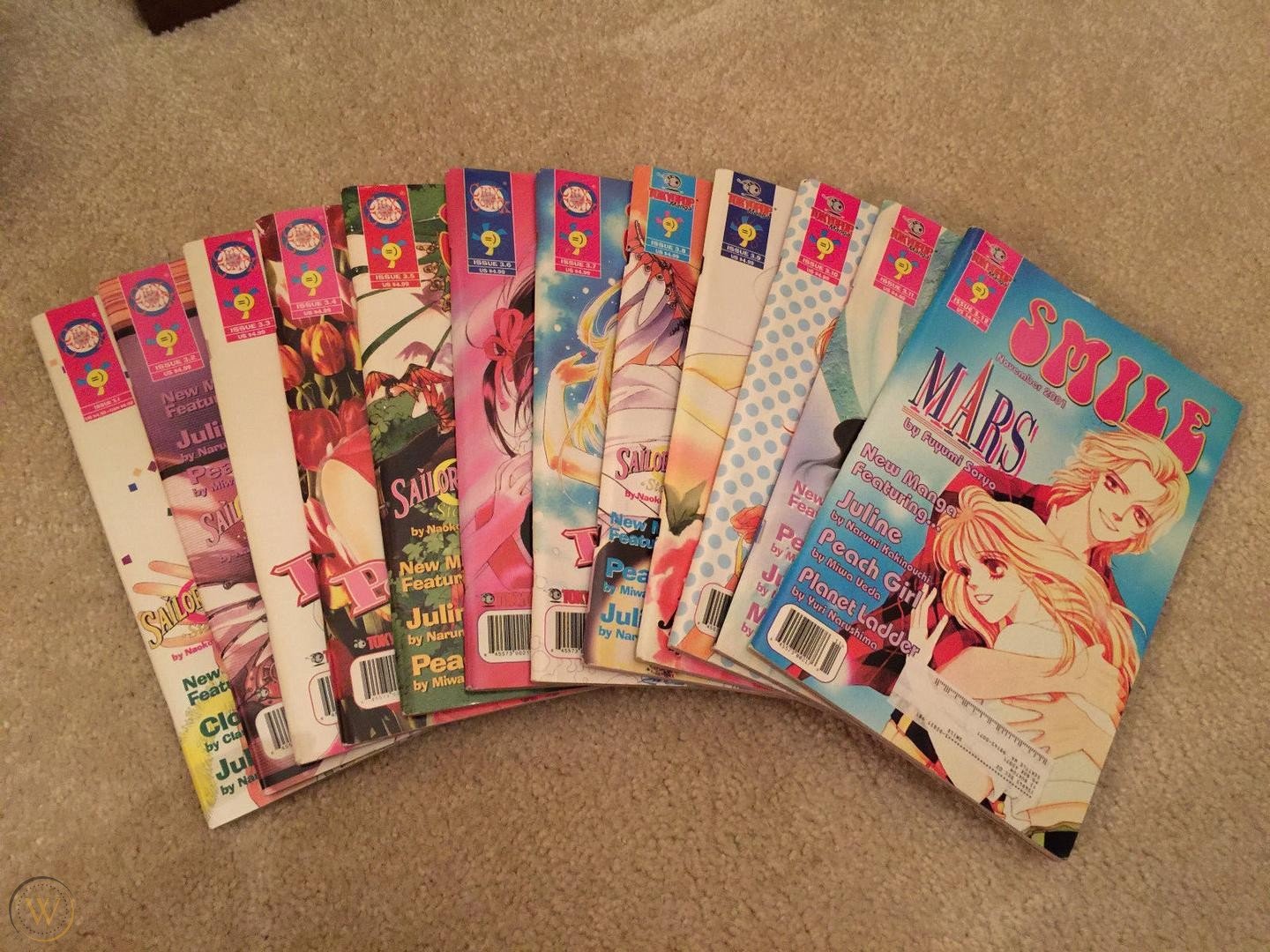Utagawa Kuniyoshi - The Ukiyo-e Legend

As explained on a previous post about, Ukiyo-e is the traditional Japanese artform of woodblock printing.
One of our favorite artists from this style is Utagawa Kuniyoshi. Like the legendary Utagawa Hiroshige [whom we did a post on], Utagawa Kuniyoshi was also a member of the Utagawa school. The Utagawa school is the largest and arguably the most well-known Ukiyo-e school in Japan throughout the 19th century. In fact, the school was so prominent in the Ukiyo-e scene at the time that more than half of all surviving Ukiyo-e prints all come from artists of the Utagawa school.
Originally named Yoshisaburo and born in 1798 to a silk-dyer, Utagawa Kuniyoshi assisted in his father’s business as a pattern designer and some have argued that it was this experience that inspired his rich use of colours later in his career as a Ukiyo-e artist. He began showing promise on his drawing talents at age 12 and quickly gained the attention of the master of the Utagawa school at the time. He apprenticed there until 1814 and the school is also where he was given the name ‘Kuniyoshi’.
Like fellow students from the Utagawa school, Kuniyoshi was considered to be one of the last great masters of the artform. Throughout his career, he had a range of subjects that included: landscapes, women, kabuki, actors, and cats. However, he was especially known for his prints of samurai generals. His prints depicting these great warriors engaging in warfare really satisfied the public’s interest at the time due to the sense of action and intensity he managed to evoke in his prints. However, a reform in 1843 banned some particular subjects to be done in Ukiyo-e form which made him focus on landscapes but also led him to make some satirical prints that criticises the ruling shogunate. Aside from this, he was also known for his use of more western-influenced shading and perspective along with his experimentation with wide compositions that enhances the dramatical factor of his prints.
Have a look at some his works in the image slides above.






